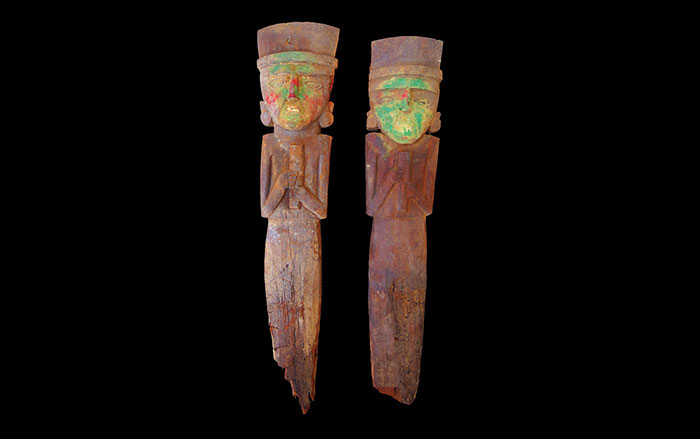
TÜBINGEN, GERMANY—The first wave of modern human migration out of Africa took place some 130,000 years ago, according to a new study conducted by an international team of scientists led by Katerina Harvati of the University of Tübingen and the Senckenberg Center for Human Evolution and Palaeoenvironment. They examined the geography of potential migration routes, genetic data, and cranial comparisons from modern humans from different parts of the world. The first wave of people probably traveled along the rim of the Indian Ocean to Australia and the west Pacific region. According to the model, a second dispersal to northern Eurasia occurred some 50,000 years ago. “Both lines of evidence—anatomical cranial comparisons as well as genetic data—support a multiple dispersal model,” Harvati told Science Daily.










